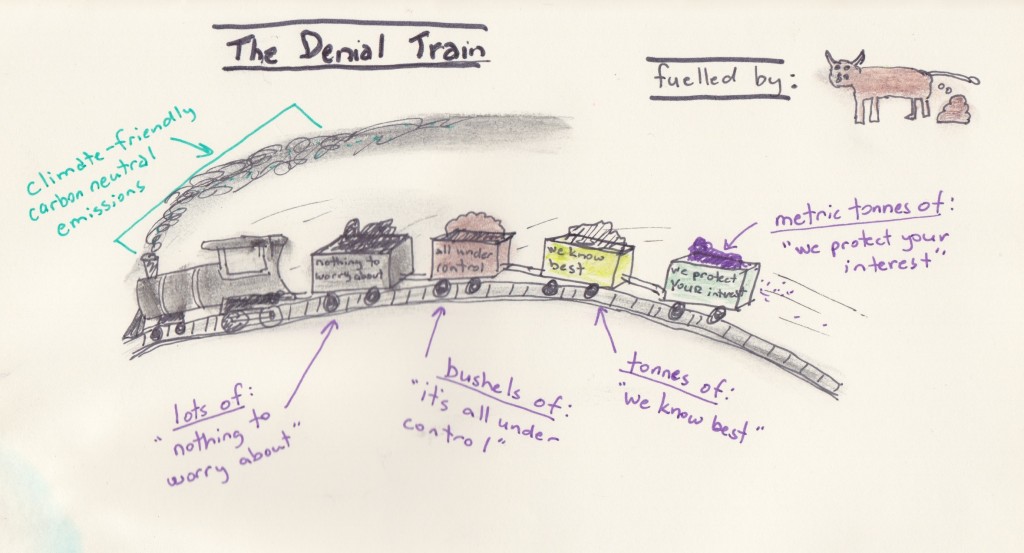Press release today from three organizations: Skeena Wild, Raincoast, and Watershed Watch.
August 19, 2013 12:07 ET
Conservation Groups Say Federal Investigation is Scapegoating Fishermen
“DFO and Pattison Group throwing a few fishermen under the bus won’t fix systemic problems”
VANCOUVER, BRITISH COLUMBIA–(Marketwired – Aug. 19, 2013) – The Department of Fisheries and Oceans (DFO) has announced they are investigating the fishermen shown in a controversial video released last week that documents serious violations of fishing regulations and no enforcement in this year’s largest Canadian salmon fishery. DFO has asked SkeenaWild Conservation Trust, Watershed Watch Salmon Society, and Raincoast Conservation Foundation to hand over their raw footage, taken in the Area 6 seine fishery west of Kitimat, BC. But the groups say that the federal government and companies like the Jim Pattison Group are serving the fishermen up as scapegoats so that they don’t have to sit down with the conservationists and fishermen to identify real, lasting solutions.
Fisheries targeting abundant pink salmon runs on BC’s north coast are required to return chum, sockeye, and other salmon species back to the water “with the least possible harm” because of concerns for their very low abundance across large sections of the coast. The video shows fishermen handling the prohibited species in such a manner that they are being discarded dead or nearly dead. At least 167,000 salmon from prohibited species have been discarded in north coast salmon fisheries so far this year, and another 24,000 have been discovered dead at processing plants.
“DFO and the big processors have set these guys up to take the fall,” said Greg Taylor, a former fishing company executive, now with SkeenaWild. “It’s just plain wrong. Our objective in releasing the video was to improve the fishery so that future generations have some salmon left, not punish a bunch of hard working guys who are working for Jimmy Pattison. I don’t know how Minister Shea and Mr. Pattison will be able to sleep at night if they go through with this.”
The Pattison Group owns the Ocean’s and Gold Seal brands of canned salmon, controls the largest portion of the seine fleet, and is BC’s dominant salmon processor.
“Having a few fishermen charged, and their lives disrupted because they happened to be the first ones in line when we showed up with our camera is not going to fix the broken management system that let this fishery get so far out of control,” said Aaron Hill, an ecologist with Watershed Watch. “All three of the boats we filmed mishandled fish, and now DFO and the Jim Pattison Group are trying to paint them as ‘just a few bad actors’? It’s outrageous. The practices we exposed are commonplace in the fleet, but the fishermen are the solution; DFO and companies like the Pattison Group are the problem,” concluded Hill.
“They’ve asked us for our raw footage, and we’ll provide it,” said Greg Knox, executive director of SkeenaWild. “But if anyone should be taking the fall here, it’s the Fisheries Minister, top bureaucrats, and fishing company executives who have ignored these problems for decades, not the people working to feed their families under a broken system that rewards bad behavior.”






